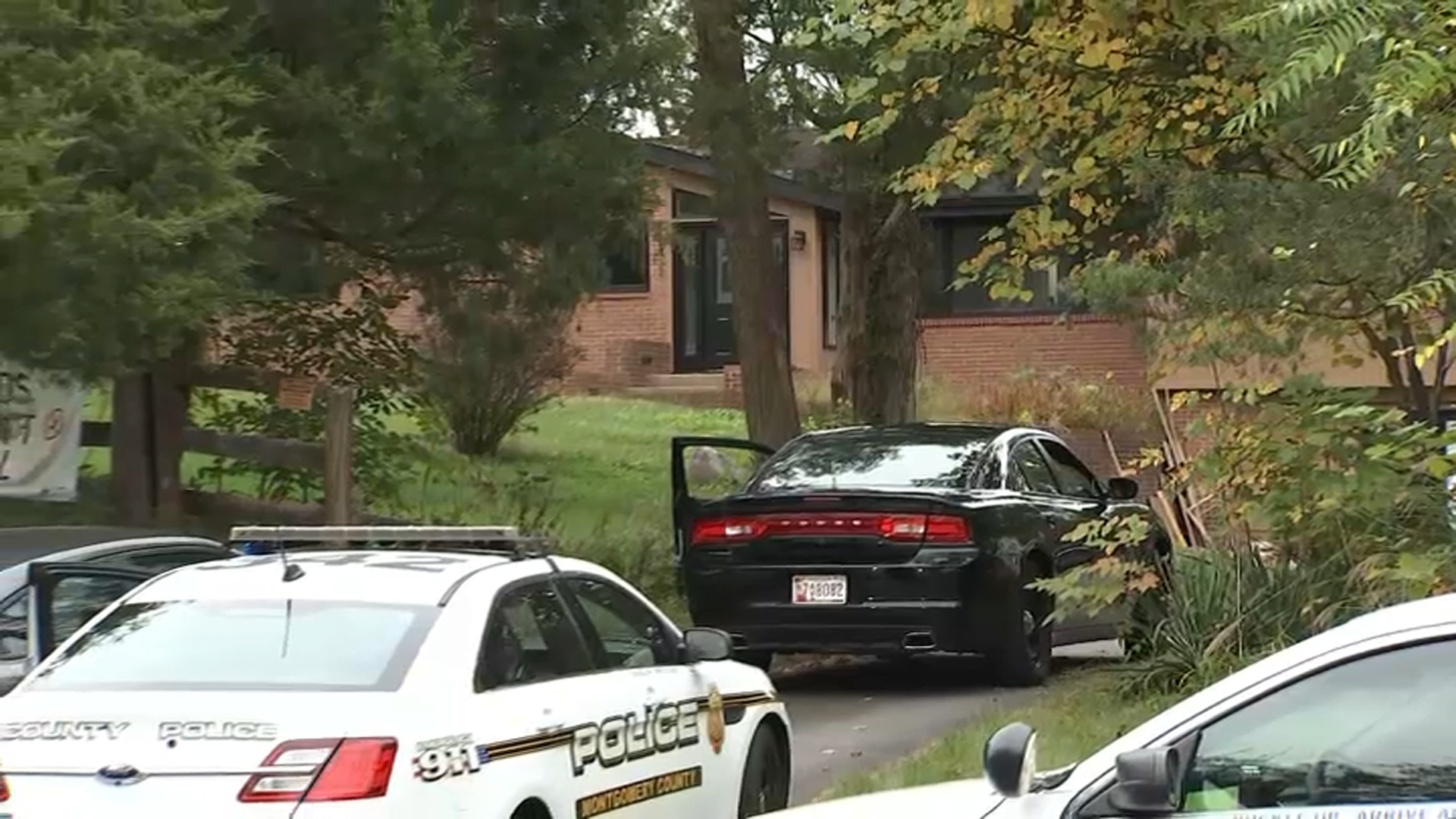Metro passengers who were stuck on a derailed train in a dark tunnel on the Blue Line Tuesday evening called and texted their family and friends out of fear that something worse might happen, one rider told News4.
“The first 30 to 45 minutes were the most frightening, with no communication to the conductor after the communications went down," the rider said. She said she was still too shaken up to go on camera for an interview and did not want to be identified.
"Myself and other people on the train were calling friends and family to tell them we loved them, just in case something horrible was about to happen," she said.
The rider said the rail car she was inside "quickly began to fill with a burning smell and smoke. There was haze in the cabin and, being asthmatic, it was a bit hard not to panic from the smoke.”
According to audio of Metro's radio communications obtained by News4, there appeared to be an issue with the train's brakes.
"We have a stuck holding brake,” the train operator can be heard saying.
The train’s trucks, which hold the wheels, then came off the tracks.
“From our angle looks like 7200 … trucks ... wheels came off the tracks,” the operator said.
Then, safety personnel found a piece of the train's wheels on the tracks, according to the audio.
“I do see one of the ... train components. Looks to be a part of the ... trucks, and it’s real close to the adjacent track," a safety inspector said.
Metro got word of a disabled train in the tunnel between the Rosslyn and Arlington Cemetery stations just before 5 p.m. A Metro worker then discovered the train partially derailed, according to Metro.
Arlington paramedics took one person to a hospital. Fire officials said that person was stable, but didn't provide any details about their condition or possible injuries.
The first passengers to make their way out of the Arlington Cemetery station with the help of firefighters emerged nearly two hours after the derailment. Firefighters assisted an elderly woman with a cane as she left the station.
About 200 passengers were on the train. Rescue crews finally cleared the scene about 8 p.m., the Arlington County Fire Department said on Twitter.
"We are looking at, you know, possibly any anxiety-related incidents with the passengers and we are taking appropriate actions," Interim Metro Transit Police Chief Michael Anzallo said at a news conference after the derailment.
Photos: Metro Train Derails, Passengers Wait to Be Rescued
The train headed away from D.C. toward Franconia-Springfield when it derailed about 1,800 feet from the Arlington Cemetery station platform, Metro officials said. That meant passengers had to walk about six football fields in a dark tunnel to the station's exit.
Such rescue operations can take hours as crews must also cut power to the Metro's third rail, the high voltage rail bar along the track that is about 750 volts.
Noelle, a passenger on the train, told News4 that a few people were "panicking" but that everyone was safe. She shared photos of firefighters and WMATA workers going through the six rail cars before the power was shut off.
"We definitely apologize for what occurred here this afternoon with our customers.
It's a very, you know, terrifying incident and we definitely want to make sure that they're OK," Anzallo said.
Green emergency light sticks were peppered around the train cars to allow people to maneuver around seats, poles and other obstructions.
Numerous fire trucks were set up outside the station and ambulances were arriving to help with any potential injuries.
Anzallo said the cause of the derailment was under investigation.
"We do take a lot of steps safety-wise to make sure these incidents don't happen,
but, unfortunately, today it did and we're taking steps to find out why it did, and if there's anything we have to do to correct that, we certainly will," he said.
Nearly 24 hours after the derailment, the train still sat on the tracks as the investigation continued.
Metro said the rail car that derailed was a 7000-series.
Per a Metro performance report in 2020, there were five derailments in 2020, two in 2019 and 11 in 2018.
In its 2020 performance report, WMATA said, “Metro is exploring the use of different equipment in areas where hi-rail vehicles are prone to derailment, implemented more structured and stringent inspections of contractor equipment with stricter rules on disqualifying problematic units, and conducted safety stand downs to review recent incidents and procedures to prevent derailments”



